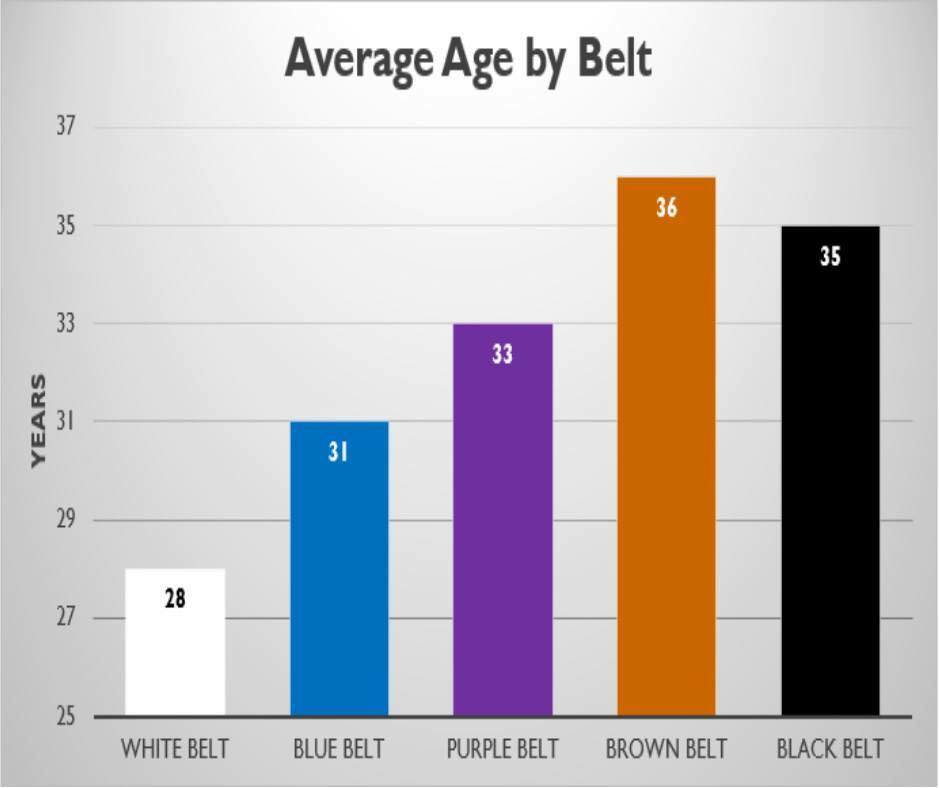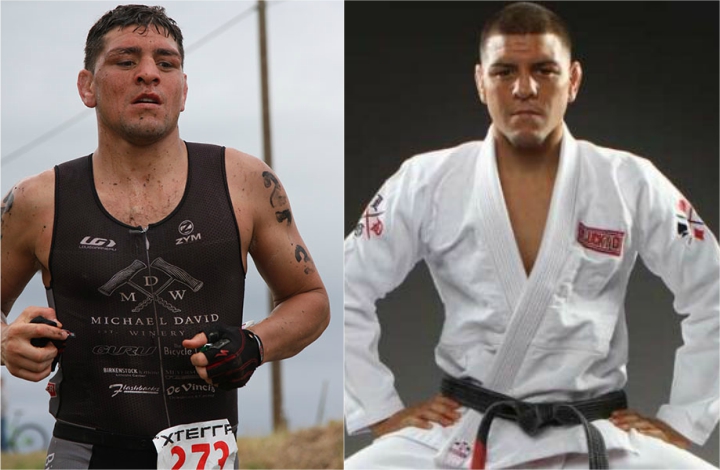In bjj you often hear a saying “do jiu-jitsu to get good at jiu-jitsu” but while this may sound good and be in essence enabling us to give ourselves permission to do what’s fun anyway the science of it all is often quite different.
There’s also another thing to consider – as bjj is a very young sport the difference in the key attributes 10 years ago and now is vastly different just look at these two clips featuring Saulo Ribeiro:
And of course there’s also the fact that even now you can just break into the sport – just look at how much success has Craig Jones has as of late.
Still one thing that’s hard to argue with is that by the time you reach purple belt – odds are you’re over 25.

Basically this aerobic capacity – which is maximum amount of oxygen consumed by the body during intense exercises, in a given time frame. It is a function both of cardiorespiratory performance and the maximum ability to remove and utilize oxygen from circulating blood – decreases one % per year. So depending on your age your VO2 max is 10% less than it was a decade ago.
Turns out doing high intensity interval classes they were able to improve VO2 max by 12 percent so you’re basically adding a decade.
The conventional wisdom is that intervals of 3–5 minutes are especially effective in evoking increases in exercise capacity. Consistent with this idea, the nine studies that generated the biggest increases in VO2max (∼0.85/min) generally used intervals of 3–5 minutes and high intensity continuous training.
Along these lines, many of the studies showing the largest increases in VO2max appeared to follow a pattern similar to the so-called “Hickson protocol”- This protocol includes 10 weeks of training 6 days/week with interval and continuous training on alternate days. Interval training consists of six 5 minute sessions on a cycle ergometer at a work rate approaching the subjects’ VO2max. These work periods are separated by 2 minutes of active rest. As the subjects’ power output increases during training, the exercise intensity is increased as needed. On the non-interval days, continuous training consists of running as fast as possible for 30 min/day during the 1st week, 35 min/day during the second week, and 40 min/day or longer thereafter.


















